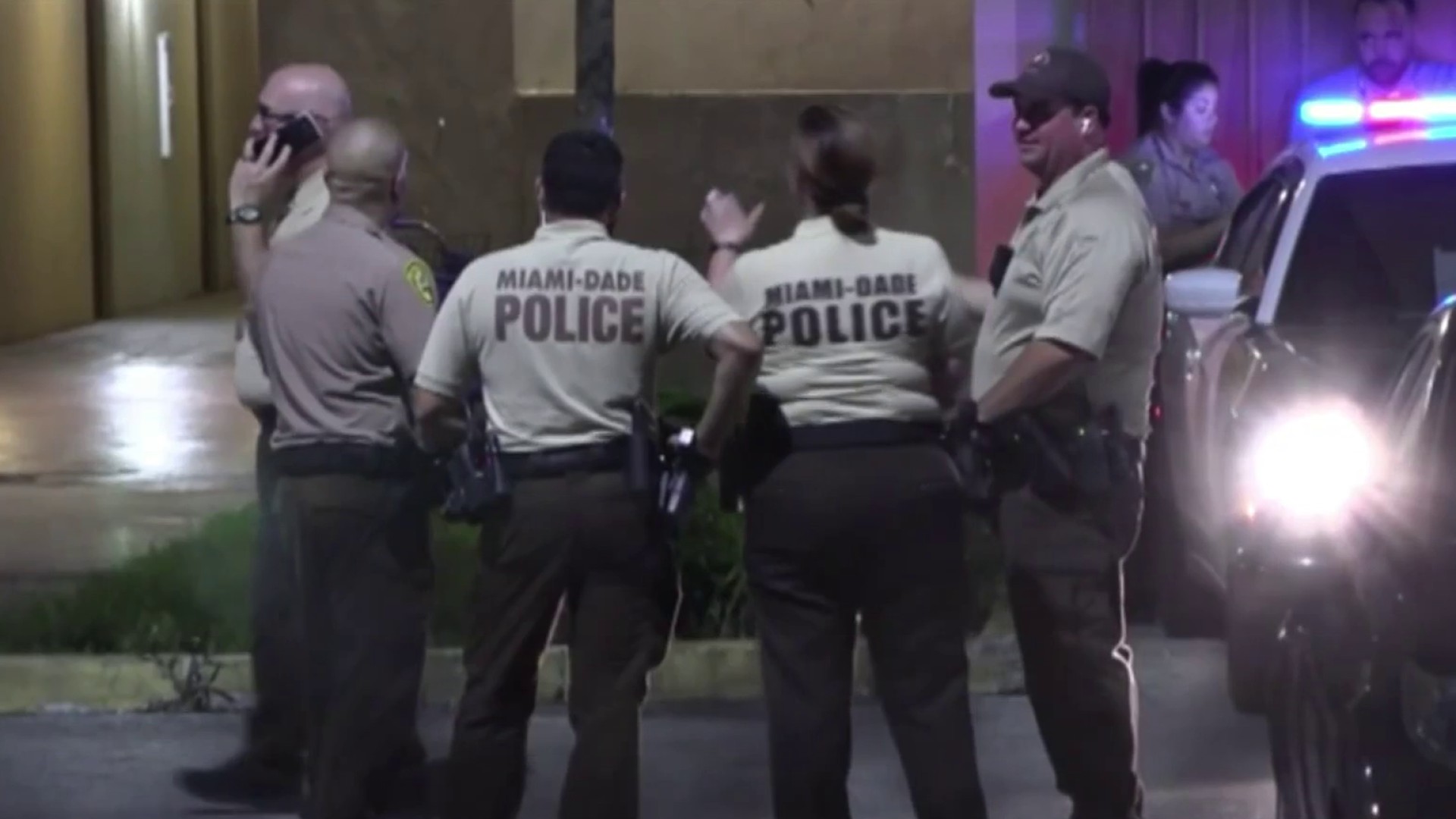Border patrol agents on the lookout for the body of a 16-year-old boy swept away from his migrant family while crossing the Rio Grande near Eagle Pass, Texas, brought a still-unidentified body to shore this week -- the first person to apparently drown this year on this stretch of the river.
Eleven died in the mighty river in 2016 – only five of those who died were Mexicans.
But in the Mexico border town of Piedras Negras, the fear of death is not deterring Julio Lopez.
He has already tried to swim across the river into the United States once.
“It's too big a river,” Lopez, 42, told NBC 6 Investigator Tony Pipitone. “Too many dead people there, it's not easy.”
Lopez may be what President Donald Trump envisions when he speaks of “bad hombres down there.” The Salvadoran was deported from Missouri three years ago after being convicted of domestic violence.
His wife and children are waiting for him to return to Missouri.
Local
He awaits his chance while getting help at a church in Piedras Negras.
“I need to go there,” he said. “I need to go see my kids.”
Lopez says he’s waiting until the river goes down to make his daring cross.
“Nobody will stop us,” Lopez said. “I'm not going to stop. If I’m dead, I’m dead. I don't care.”
UNDOCUMENTED IN MIAMI
Julio Calderon was 16 when he made it across the Rio Grande.
“If we had stayed in Honduras, I don't think we would even be alive right now,” Calderon said.
The now 27-year-old man lives in Miami as an undocumented student going to FIU. He’s undocumented but he’s not a criminal. Still he’s under a deportation order for failing to appear in immigration court.
He doesn’t think a wall on the border would have prevented him from making the perilous journey.
“Whatever it takes and that's why you see people die every day,” he said.
Calderon says he didn’t know how to swim when he crossed the river. Grief, sympathy and perhaps a hint of survivor’s guilt sweeps over him when he thinks about those who don’t make it across.
“You hope you're going to make it and once you make it you see the images of the people who were left behind, you’re just thankful you made it,” he said through tears.
SMUGGLING DRUGS
As President Trump calls for massive spending on border security from a wall to more border patrol and deportation officers, it puts additional attention on life and death on the border between the U.S. and Mexico.
One reason for the additional measures is to reduce the flow of illegal drugs. The Mexican Cartels send it across the border in many different ways.
Some gets intercepted at the border.
Just this week, 13 pounds of heroin was confiscated from one woman’s car, a Mexican man driving a Volkswagen across a bridge was caught stashing 19 pounds of heroin, an American man riding his bicycle across a bridge was found with 3 and a half pounds of heroin and small bindles of the drug was found inside a man’s bowels.
At the Drug Enforcement Administration office in Weston, intelligence analysts like Justin Miller know heroin exports from Mexico to the United States are increasing.
“For one, the Mexicans have gotten into the market,” Miller said. “They're seeing there's an expanded base in the United States who wants this product.”
Miller, a DEA field intelligence manager, was based for years on the Texas border.
He says the Mexican cartels are eager to feed America’s drug habit. Cartel territories have expanded from its traditional territories in the southwestern U.S. and now serve territory west of the Mississippi, including south Florida.
“We see a lot of heroin coming through ports of entry,” Miller said.
By ports of entry, he means the bridges over the river. And most often brought in passenger vehicles.
It’s one reason why Maverick County Sheriff Tom Schmerber doesn’t think a wall will prevent heroin from getting in to the U.S.
“People can just cross in many ways, in their persons, in their shoes or whatever,” Schmerber said.
His family helped settle the county seat, Eagle Pass, in the 1860s. The town is now connected to Mexico over the Rio Grande by two bridges.
Sheriff Schmerber spent 26 years with the border patrol before becoming sheriff in 2012.
He knows how creative smugglers are.
“They could cross them in a corpse or whatever, that died,” Schmerber said.
He believes even if a wall is built, the drug smugglers will find a way across.



